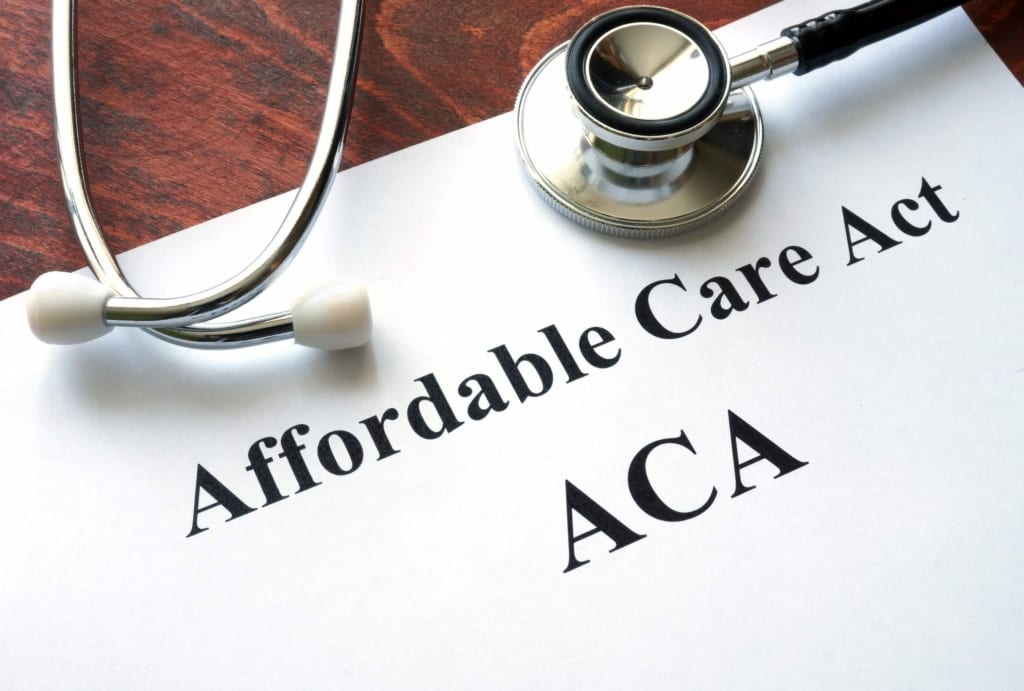The Biden Administration recently announced a special three-month enrollment period for Affordable Care Act (ACA) health insurance starting February 15. Consumers in three dozen states will be able to enroll or make a plan change without the need for a qualifying event.
This is welcome news to medical billers who will see many neighbors and employees gain access to insurance to protect against major medical costs. In fact, the Kaiser Family Foundation estimates that almost 9 million people are now eligible to enroll.
But beware. Many of those new plans will put a squeeze on your margins if you don’t rethink how you bill patients for their portion of the bill.
Let’s look at what’s behind patient responsibility growth. First, the attraction of marketplace Bronze plans* with their lower monthly premiums but higher deductibles will have a downstream impact on billers in the form of increased patient responsibility.
Whether through ACA plans or employer-sponsored plans, high deductible health plans (HDHP) have seen huge growth with 51% of the workforce nationwide enrolled in a high-deductible health plan as of the most recent data from 2019. As a result, single coverage annual deductible among covered workers has increased 25% over the last five years and 79% over the last ten years. Additionally, coinsurance rates of 18% for primary care and 19% for specialty care directly contribute to growing patient responsibility.
While years of automation investment has benefited biller’s profitability of the insurance payment process, the patient payment process has been historically neglected. This imbalance was immaterial when patient responsibility was at 10% or less but with patient responsibility now approaching 30% of a typical bill, medical billers are feeling the squeeze of trying to maintain profitability while chasing patient payments.
Fortunately, and maybe just in time, there is an alternative to the expensive process of sending a statement on a 30/60/90 day schedule to every patient regardless of their preferred communication method, statement reason codes, amounts, and/or demographics.
Billers like Katie Fergus of Practisynergy have implemented a patient billing engagement platform that automates tedious tasks like bill review, answering patient questions, payment, and posting while offering patients a personalized, digital-first experience.
Rising patient responsibility is not going away. 2021 will likely see higher amounts than ever before. Now, the onus is on medical billers to take action to ensure their overall profitability while better serving their practices with increased collections and cash flow.
*Four million uninsured people could get an ACA Bronze plan with no premium payment and 4.9 million others could get subsidies to offset the cost of such a plan if the Biden Administration were to re-open ACA marketplace enrollment, a KFF analysis finds.
